Growing guide
How to grow euonymus
Euonymus come in many shapes and sizes for growing as small trees, specimen shrubs, hedging, ground cover or wall shrubs. Evergreen types offer attractive foliage all year round, while deciduous euonymus are prized for their autumn colour and ornamental fruits.
Quick facts
- Wide range of easy-to-grow shrubs
- Happy in all but very wet soils
- Plants available to suit any aspect
- Widely available in garden centres and from mail order suppliers
- Plant in spring or autumn for best establishment
- Water newly-planted euonymus regularly in dry spells
- Prune evergreen types to keep them neat, dense and within bounds
- Take cuttings to make new plants
All you need to know
What are euonymus?
Euonymus are evergreen or Deciduous refers to plants (mainly trees and shrubs) that lose their leaves seasonally, usually during autumn. This is a natural process triggered by the season's shorter days and lower temperatures and allows plants to conserve energy during the winter months.
Most are wildlife friendly, with the evergreens providing year-round shelter for various small creatures, and deciduous types offering fruits for berry-eating birds.
Choosing the right euonymus for you
With such a wide range of euonymus to choose from, it's worth considering the following criteria to help narrow down your options:
Evergreen or deciduous?
Evergreen euonymus work well as hedges, wall shrubs, ground cover or in a mixed shrub border, offering dense foliage throughout the year.
The small, glossy leaves are either rich green or colourfully patterned. Many cultivars have variegated or marbled leaves in a mix of green and either yellow or silvery-white, adding a bright splash of colour that’s especially valuable in winter. The green-leaved cultivars are particularly useful as a backdrop or edging for borders, and as year-round structure.
Deciduous euonymus lose their leaves over winter and generally have a lighter, less dense appearance. They usually produce clusters of small cream, green or yellow flowers in spring, followed by a colourful display of ornamental fruits in autumn. Many also offer spectacular red autumn foliage. They make a medium to large shrub, or can often be grown as a small tree, working well as a centrepiece for a border.
Discover evergreen euonymus Discover deciduous euonymus

Ornamental fruits
Deciduous euonymus put on a striking autumn display of small but brightly coloured fruits – often vivid red or bright pink – that split open to reveal orange seeds inside. To make the most of this eye-catching display, choose a planting position where you will be able to see it easily.
The fruits are a useful food source for birds, so deciduous euonymus, especially our A native plant is one that originated or arrived naturally in a particular place without human involvement. In the British Isles, native plants are those that were here during the last ice age or have arrived unaided since.
Euonymus as hedging
Evergreen euonymus that have an upright habit can be used as hedging, with glossy leaves that form a dense year-round screen.
Compact, slow-growing evergreen euonymus with small leaves, including many cultivars of Euonymus japonicus, are ideal for low border edging. They are a useful alternative to box (Buxus sempervirens) if box blight or box tree caterpillars make traditional box hedging no longer a viable option in your garden.
Deciduous euonymus such as Euonymus europaeus ‘Red Cascade’ can be included in an informal mixed hedge to add a splash of colour.
How to choose box alternatives Hedges: selection

Eventual size and shape
Euonymus come in a wide choice of shapes and sizes. Are you after a spreading, low-growing plant for ground cover, a compact hedge, or perhaps a small tree?
Always check plant labels or Gardeners often use the word variety when referring to a specific plant, but the correct botanical term is 'cultivar'. Whichever word you use, it means a distinctive plant or plants, given a specific cultivar name and usually bred to enhance certain characteristics, such as flower or fruit size, colour, flavour or fragrance, plant size, hardiness, disease resistance, etc. Additionally, it is worth knowing that, botanically, variety has another meaning - it refers to a naturally-occurring distinct plant that only has slight differences in its looks. For example, Malva alcea var. fastigiata differs from typical plants by having an upright habit.
How to choose
Once you have decided which features you want your euonymus to have, there are a few ways to set about choosing a suitable cultivar:
- Take a look at our guide on choosing euonymus for your garden – with our top picks for euonymus as small trees, ground cover, hedging and mixed borders
- Use the RHS Find a Plant tool to browse profiles on different euonymus, with filters to narrow down your search by size and growth habit
- Visit a garden known for its euonymus collection, such as the National Collection of deciduous euonymus at the RHS Partner Garden The Place for Plants in Suffolk.
There are a number of euonymus species and cultivars with an RHS Award of Garden Merit, which shows they performed well in RHS trials, so are reliable choices.
Buying a euonymus
Euonymus are widely available all year round in garden centres and nurseries, and from online suppliers, especially shrub and hedging specialists, by mail order.
They are usually sold as container-grown plants, in a wide range of sizes, for immediate planting.
Use the RHS Find a Plant tool to track down stockists of specific euonymus.
Buying: garden centre plants Buying: mail order plants How to choose healthy plants Buying: trees and shrubs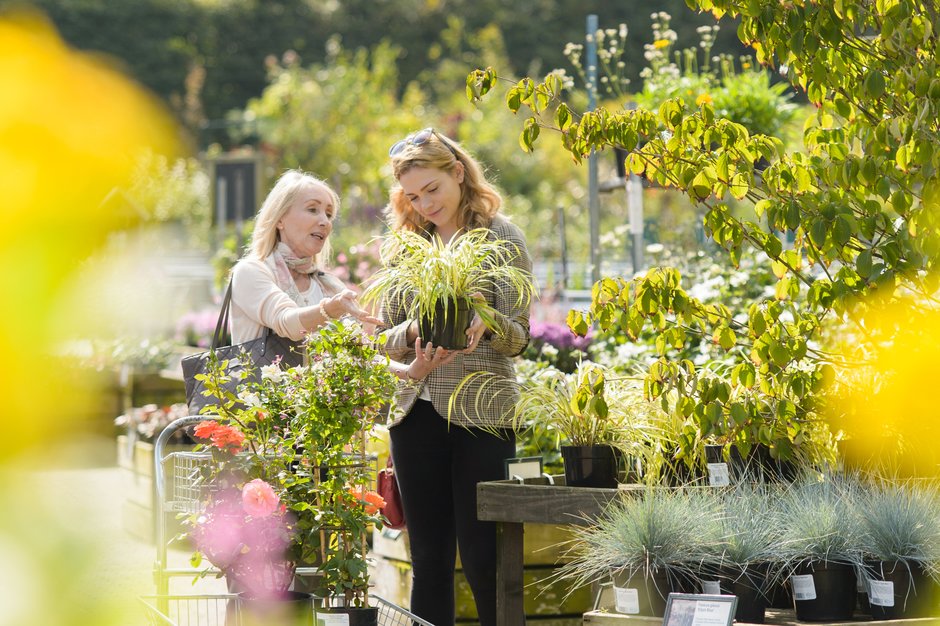
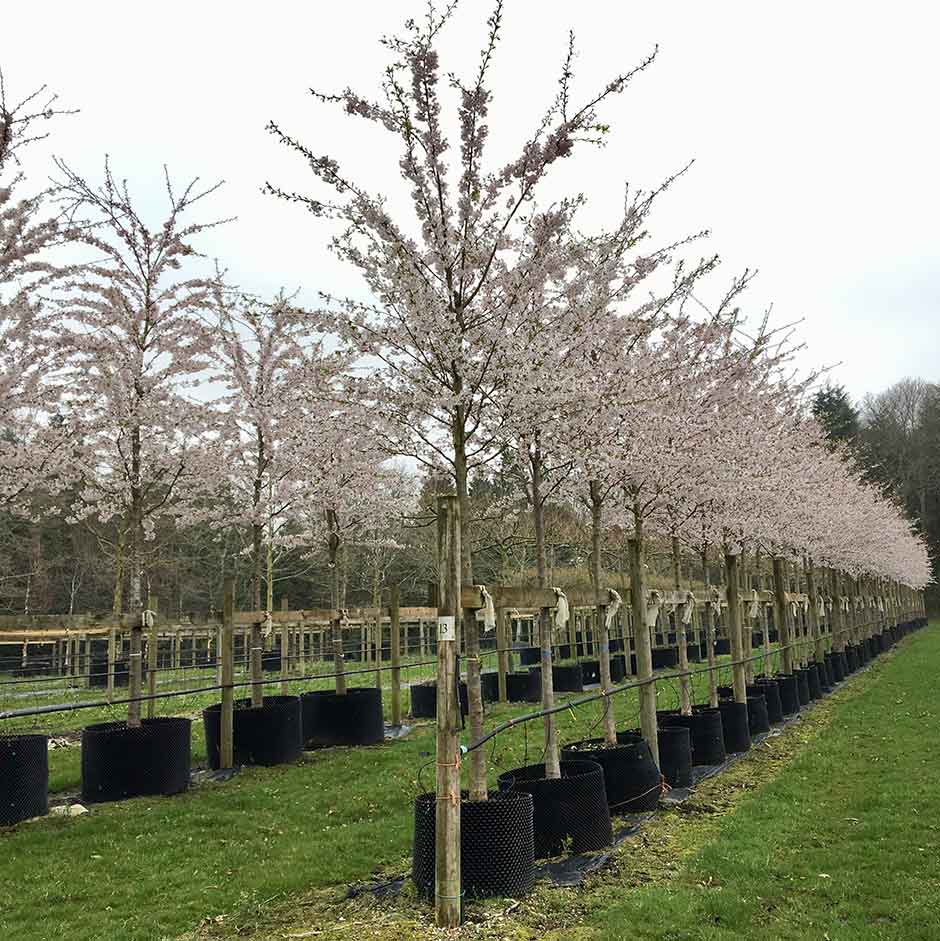
When to plant
The best time to plant trees and shrubs is in early- to mid autumn or spring, as warm, moist soil at these times of year aids good root establishment. You can plant over the winter too, as long as the ground isn't waterlogged or frozen.
If you buy a euonymus during the summer, plant it as soon as you can and water regularly, aiming to keep the soil moist but not soggy.
Where to plant
Euonymus are versatile shrubs and a home can be found for one in almost every garden.
Bear the following in mind when choosing a site for your plant:
- A full sun or lightly shaded position is best for most species. Some, such as cultivars of Euonymus fortunei, will tolerate more shade so make sure to check the plant label
- Any moist but well-drained soil will do, just avoid sites that are prone to waterlogging
- Allow enough space for you plant to grow – this is especially important for deciduous species grown as small trees, as you want their natural shape to develop unrestricted
How to plant
Planting a euonymus is quick and easy, but worth doing carefully to ensure your plant settles in well and thrives for years to come. No special soil preparation is required, but if your soil is poor or very heavy, dig-in around one bucketful of organic matter per square metre prior to planting.
If you've bought a larger specimen to grow into a small tree, put a suitable tree stake in place at planting time.
Although it can be tempting to add grit, sand or gravel to improve heavier, clay soils, you need extremely large quantities to make a noticeable difference. Digging-in organic matter, like well-rotted manure, garden compost or leafmould, not only improves structure and drainage, but boosts fertility too.Top Tip
If you are planting your euonymus in a container, choose one at least 30cm wide and deep and fill with a soil-based peat-free compost like John Innes No 3.
See our handy guides for more advice on planting your euonymus:
How to stake a tree Hedges: planting Growing plants in containers Trees and shrubs: planting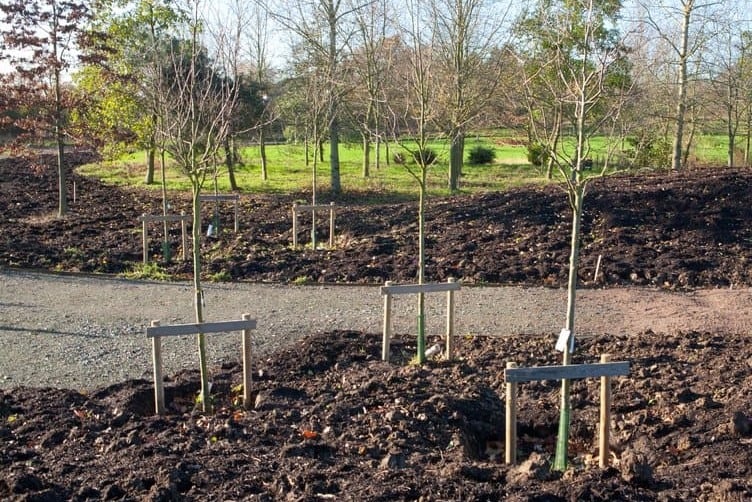
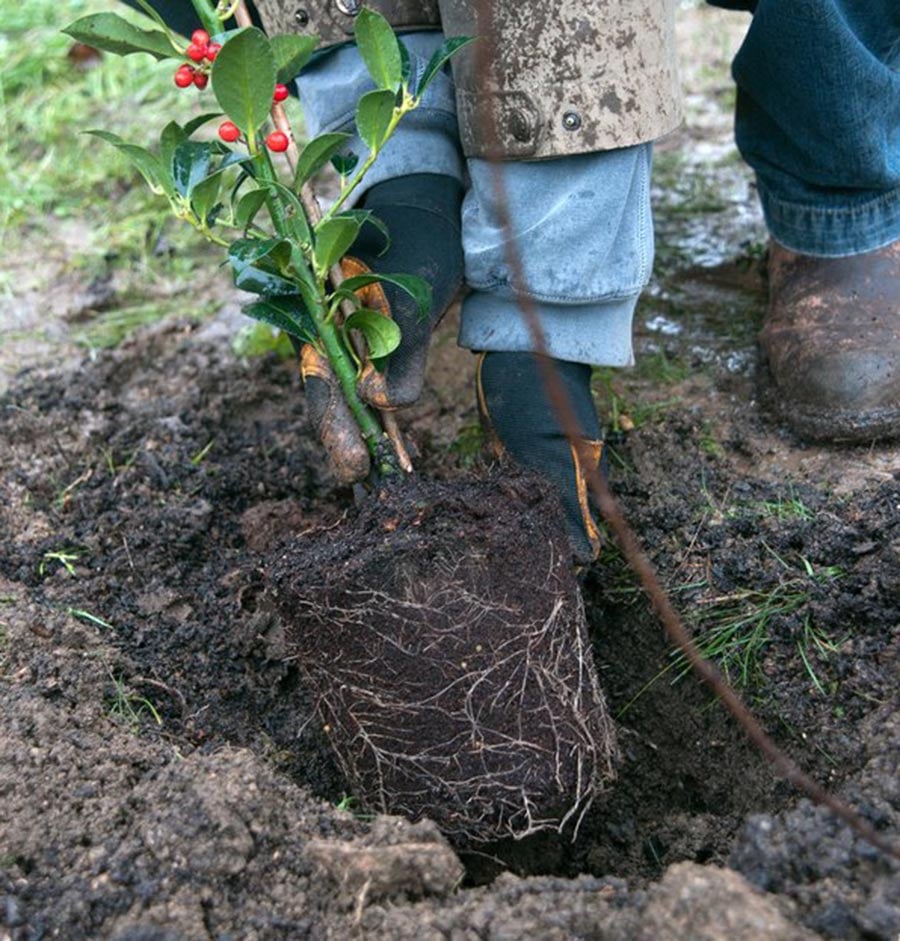
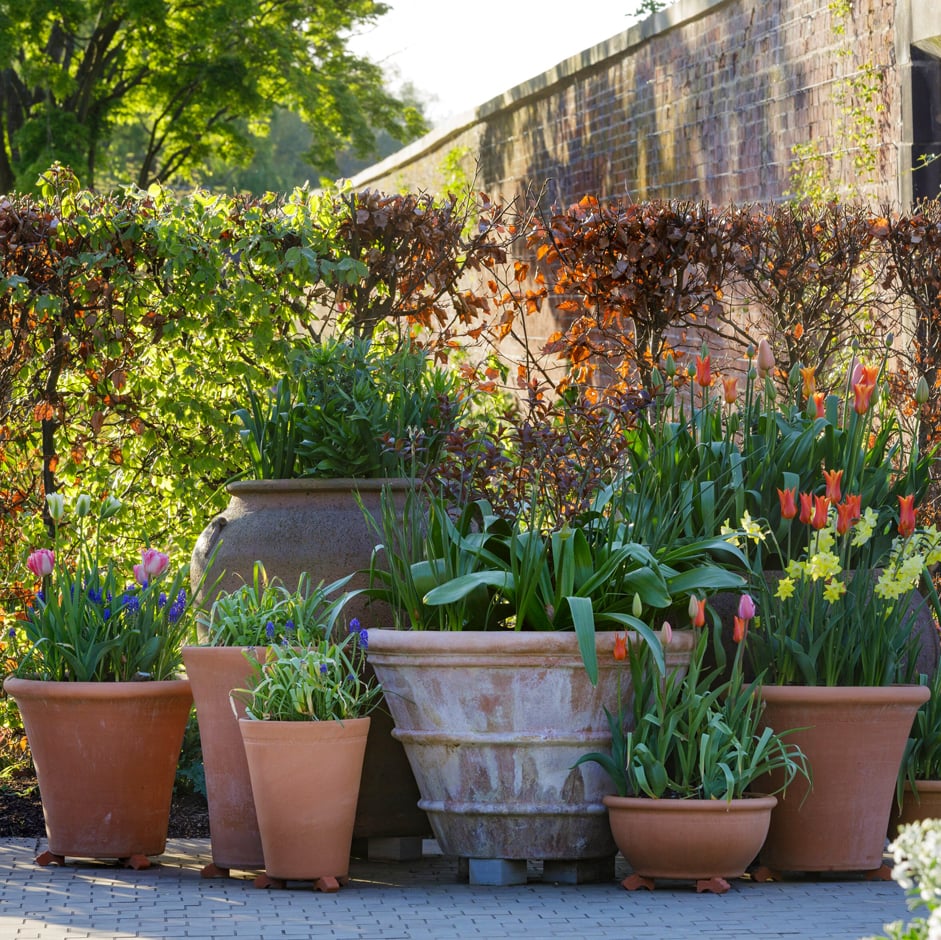
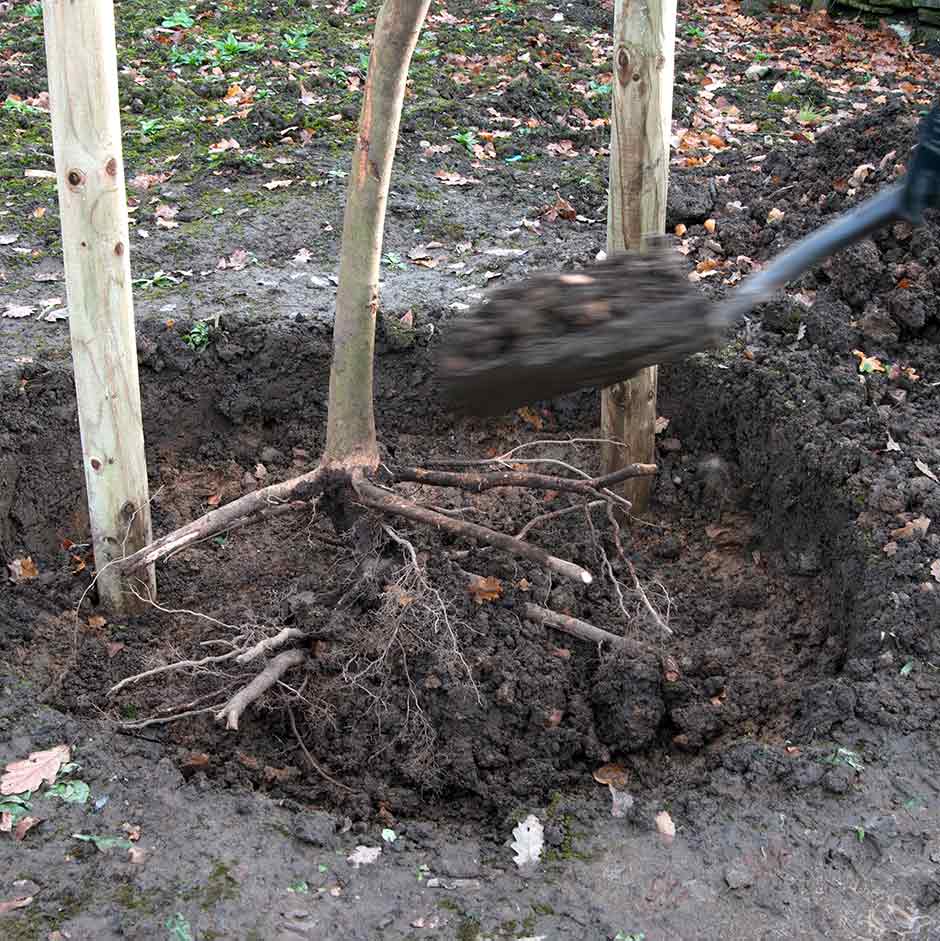
Watering
Like most shrubs, euonymus should be watered thoroughly when first planted, and during dry spells for their first two years while they are establishing (growing roots into the surrounding soil).
Once established, they are fairly drought tolerant and shouldn’t need additional watering except in prolonged dry spells.
Container-grown euonymus need regular watering during the growing season to stay happy and healthy, as the compost in pots dries out quickly. Keep an eye on them during dry spells at other times of year too.
How to water containers Water: collecting, storing and re-using Watering

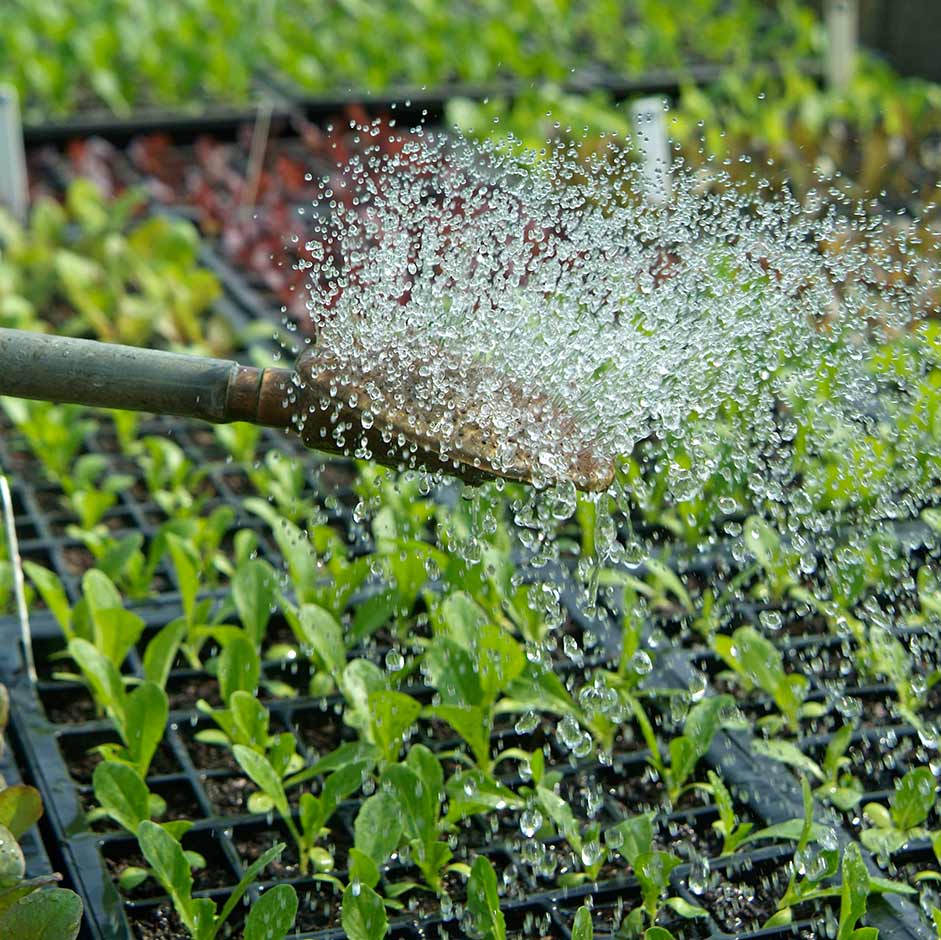
Feeding and mulching
Euonymus need no regular feeding in most garden soils but do benefit from an annual mulch in late winter or early spring. Apply a 5-7cm layer of a bulky organic matter, such as garden compost or well-rotted manure, making sure to leave a mulch-free circle around the base of the stems to prevent rot.
If growth is poor and your plant needs a boost, you can apply an organic-based general-purpose fertiliser in spring, or for container-grown plants, apply a liquid version a few times throughout the growing season.
How to mulch with organic matter Fertilisers How to feed plants Mulches and mulching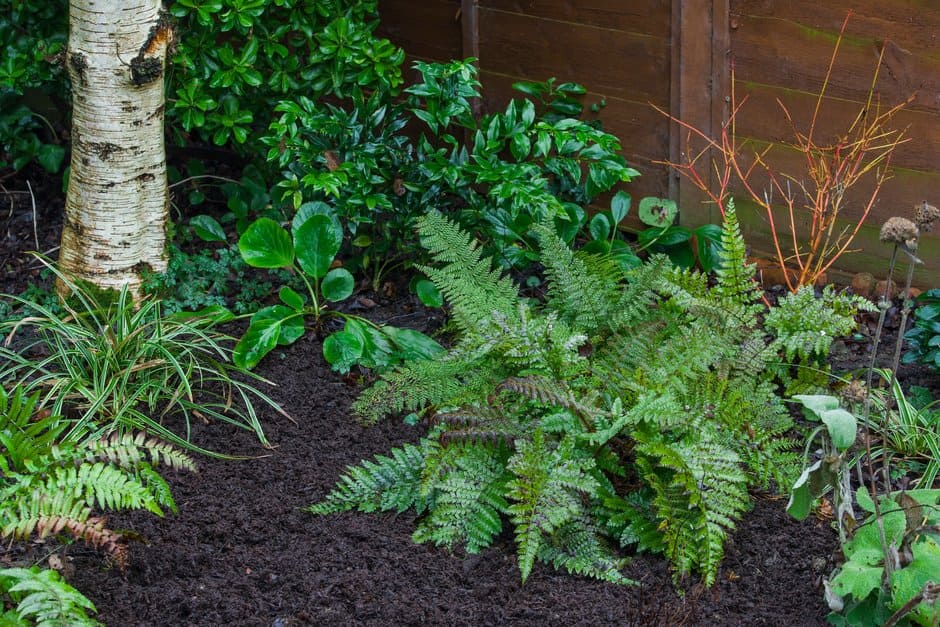


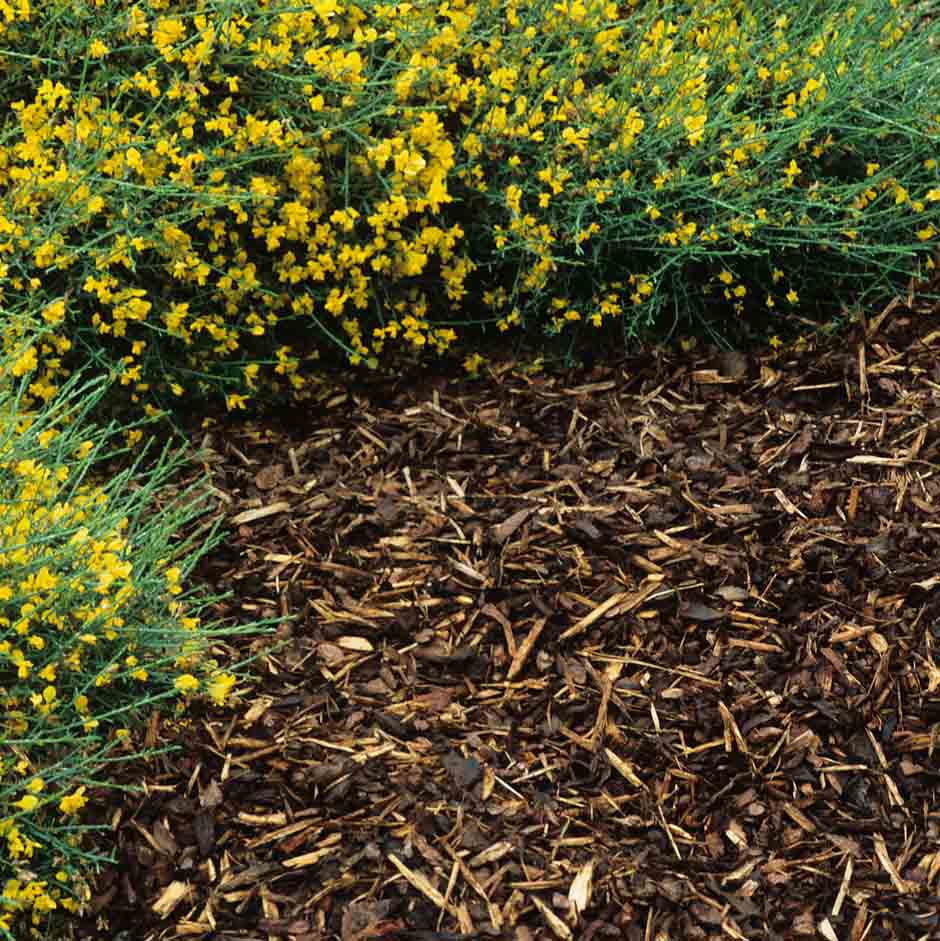
Pruning deciduous euonymus
These plants need very little pruning, and being overzealous with your secateurs can spoil their natural shape. However, if needed, you can remove any dead, diseased, damaged, crossing or badly-placed stems in late winter or early spring.
For more on light pruning, see our handy guide:
Shrubs and trees: light pruning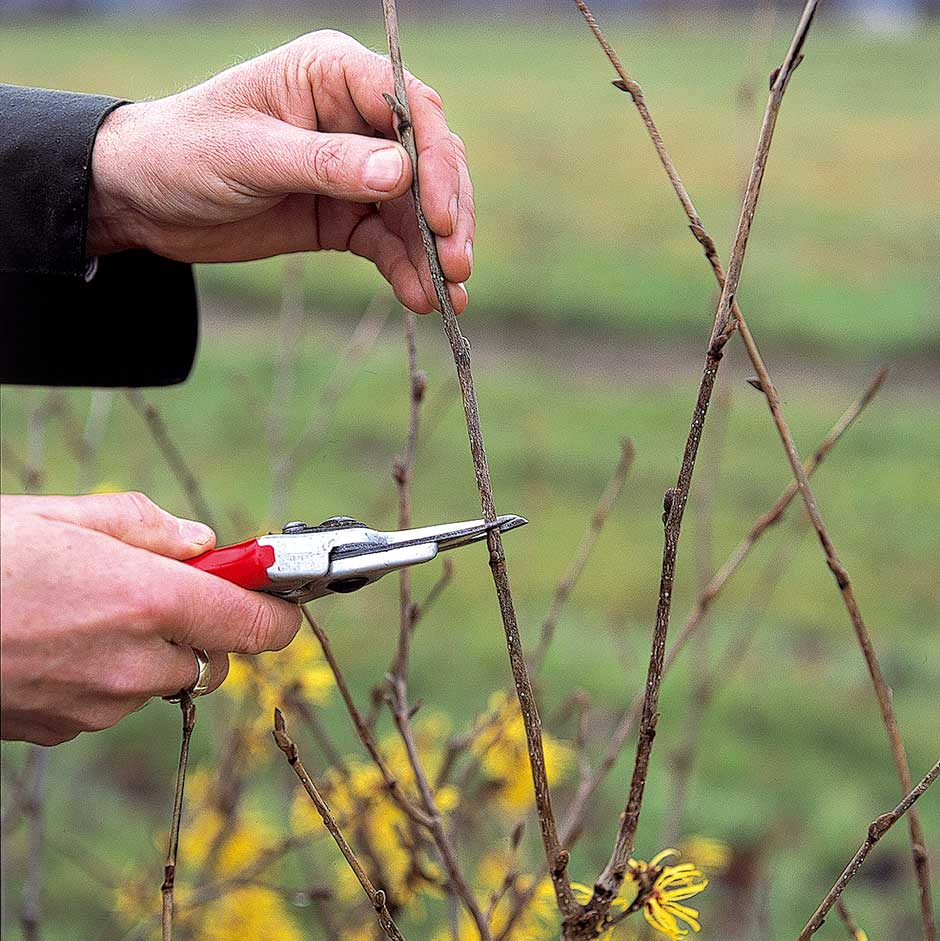
Pruning evergreen euonymus
Most evergreen euonymus just need some light shaping to keep them neat, and this is best done in mid- to late spring. Make sure to check shrubs and hedges for active birds' nests before you start, and delay pruning if you find any.
Use secateurs to shorten individual stems when pruning evergreen euonymus, rather than a hedge trimmer. This is because leaves tend to go brown along any cut edges, which can make plants look unsightly.Top tip
You may also need to prune to:
- Renovate overgrown plants – this is best done in spring
- Remove reverted (green) shoots from variegated cultivars – this is best done as soon as they are seen to prevent the stronger-growing green shoots from taking over. For more details, see our guide to tackling reversion
Pruning hedges Shrubs: renovation Shrubs: pruning evergreens

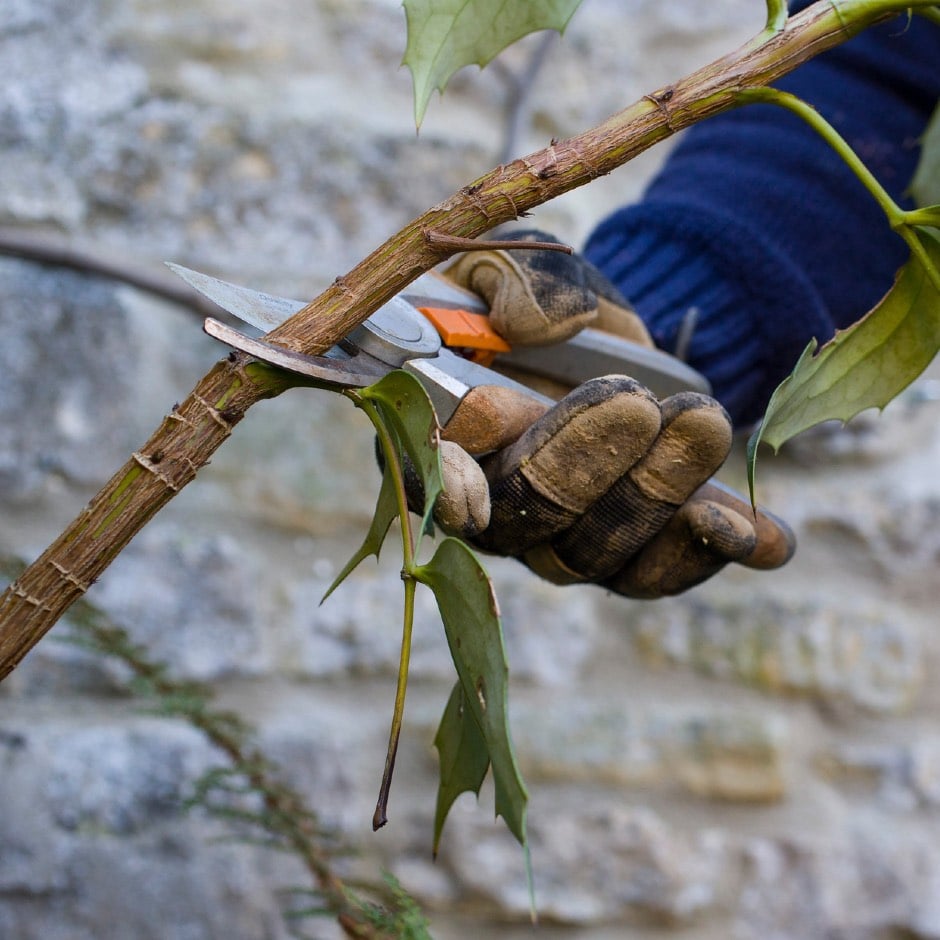
Wall-training
Upright-growing cultivars of Euonymus fortunei and E. japonicus are ideal for training against walls and fences, to soften harsh boundaries with their evergreen foliage, insulate house walls, and provide shelter for wildlife.
While they do produce aerial roots directly from their stems in time, they need some initial help to get going:
- After planting, tie a few of the longest, most vigorous or most upright stems to horizontal wires or trellis attached to the wall or fence
- Use soft twine for tying in, as wire can cut into stems and branches as they grow
- Tie stems in for the first 1–1.8m; after that just prune off any wayward shoots as they arise
- Aim to create an open framework of well-spaced stems across the allocated area of wall or fence
- Tie-in new shoots as they grow to fill any gaps as needed
- Check ties at least once a year, repositioning or replacing any that are broken or too tight. Once the plant has produced aerial roots and attached itself firmly to the support, any remaining ties can be removed
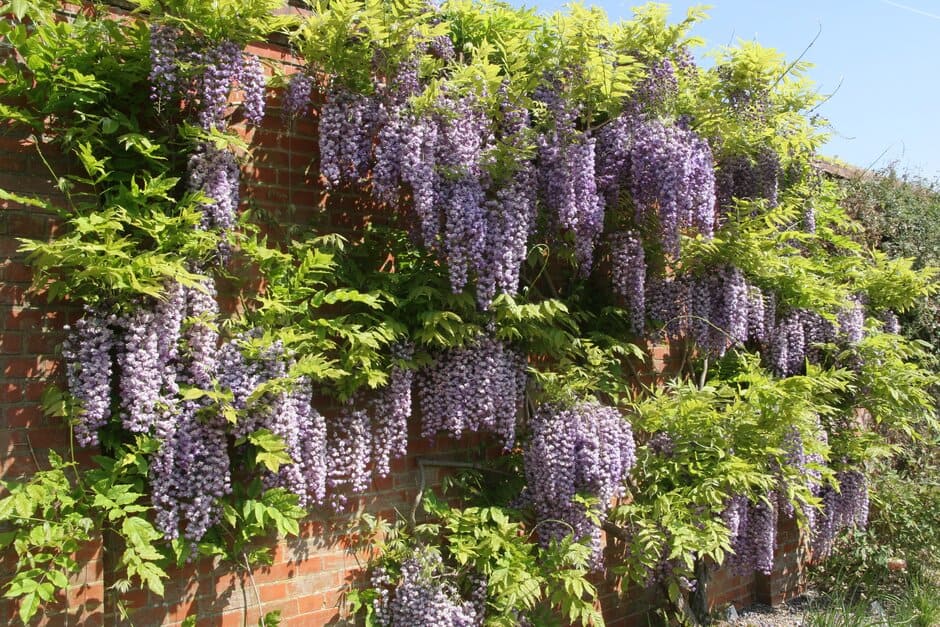
How to tie-in climbers
Climbers and wall shrubs: pruning established plants
Evergreen euonymus are easy to propagate by taking semi-ripe cuttings in late summer. These should be well rooted by the following spring, ready for potting on and planting out. Once cuttings are well rooted, pinch out the tip of the main shoot to encourage the growth of sideshoots and produce bushier plants.
Deciduous euonymus can be grown from hardwood cuttings taken from mid-autumn to late winter, and species (not cultivars) can be grown from seed.
Euonymus alatus can also be propagated by taking softwood cuttings in spring.
Cuttings: semi-ripe Cuttings: hardwood Trees and shrubs from seed Cuttings: softwood
Please be aware that some euonymus are protected by Plant Breeder’s Rights, and you are not allowed to propagate them for sale.
Euonymus are generally easy to grow and trouble free, but there are a few problems to look out for:
- Euonymus scale are small, sap-sucking insects that colonise the leaves. Severe infestations can cause a yellowish mottling on the foliage, leaf fall and even dieback
- Vine weevils can feed on the leaves of evergreen euonymus, taking irregular-shaped notches of leaf margins during summer
- Deer may feed on euonymus
- A white powdery coating on the leaves is likely to be powdery mildew. Fortunately no treatment is usually needed
- Euonymus can sometimes be affected by the root diseases honey fungus and phytophthora root rot
If your euonymus looks unwell and you are not sure what is wrong, you may find our guides below helpful. Or, if you’re a member of the RHS, you can use our online Gardening Advice Service, via MyRHS.
Why has my tree or shrub died? Trees and shrubs: establishment problems Poor autumn colour
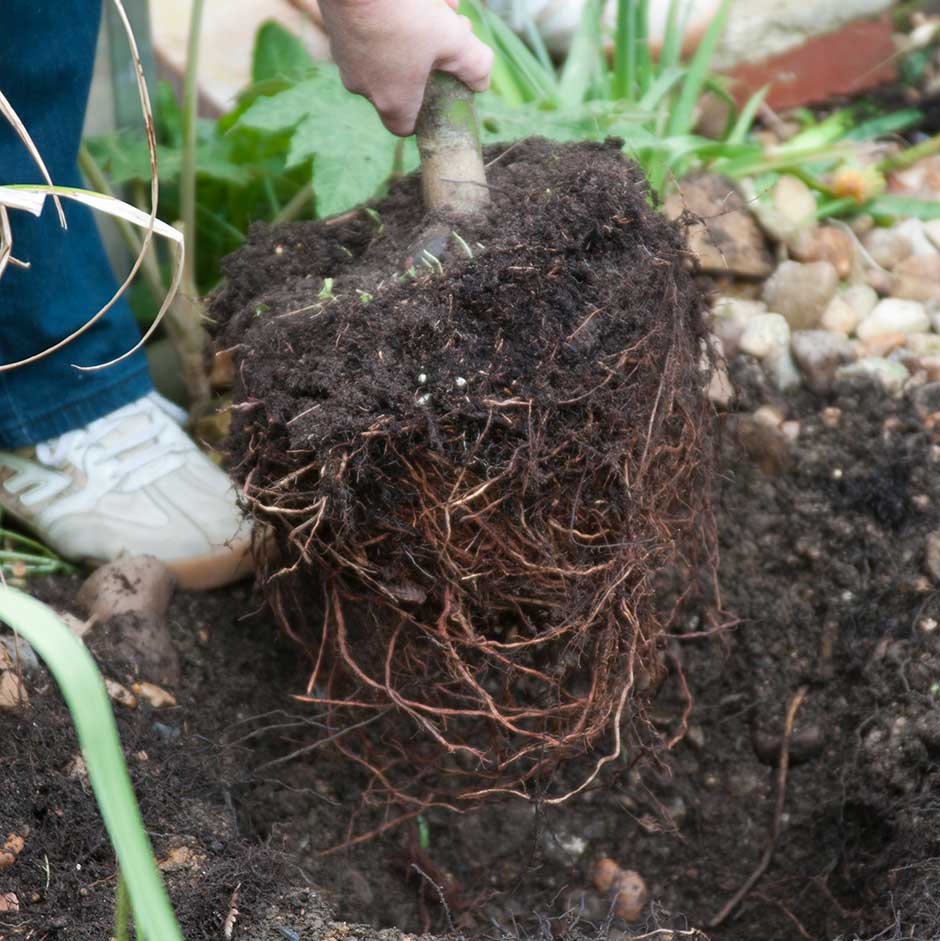

Discover euonymus
Everything you need to know about choosing the right euonymus for you.
Get involved
The Royal Horticultural Society is the UK’s leading gardening charity. We aim to enrich everyone’s life through plants, and make the UK a greener and more beautiful place.